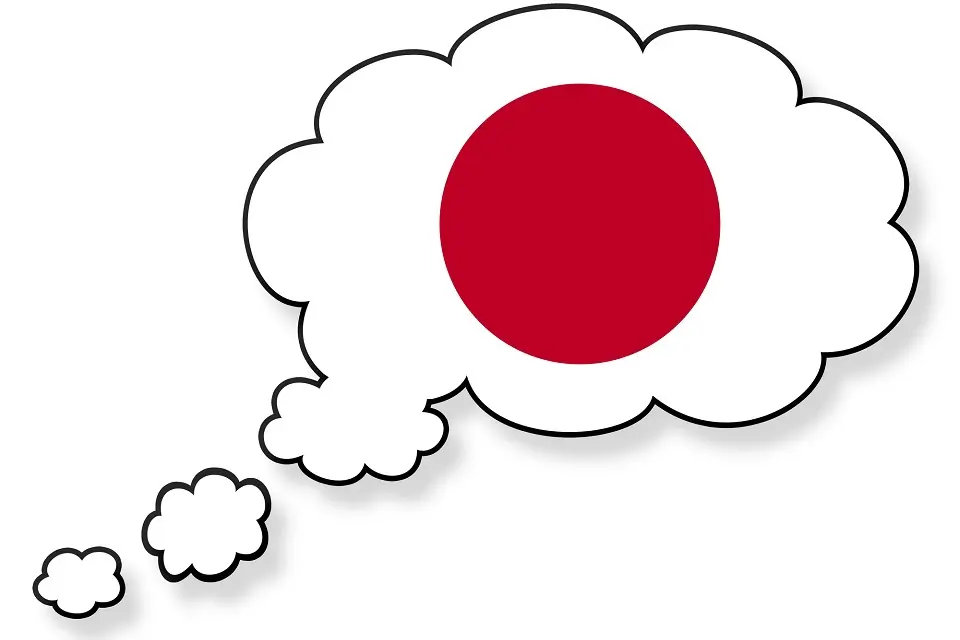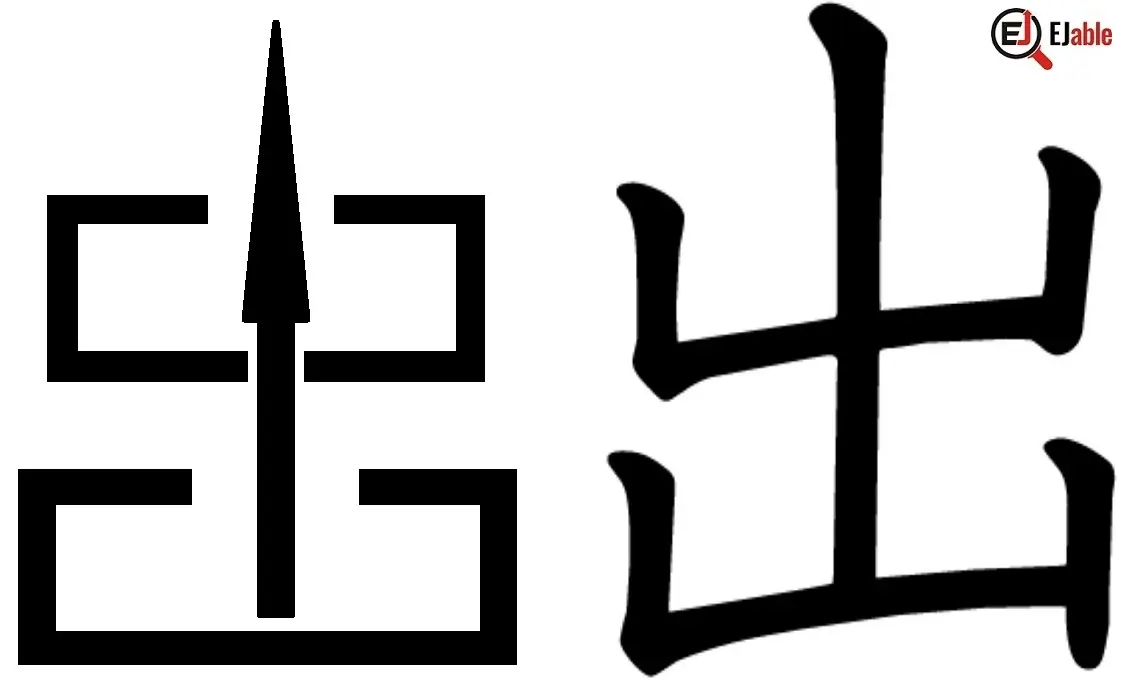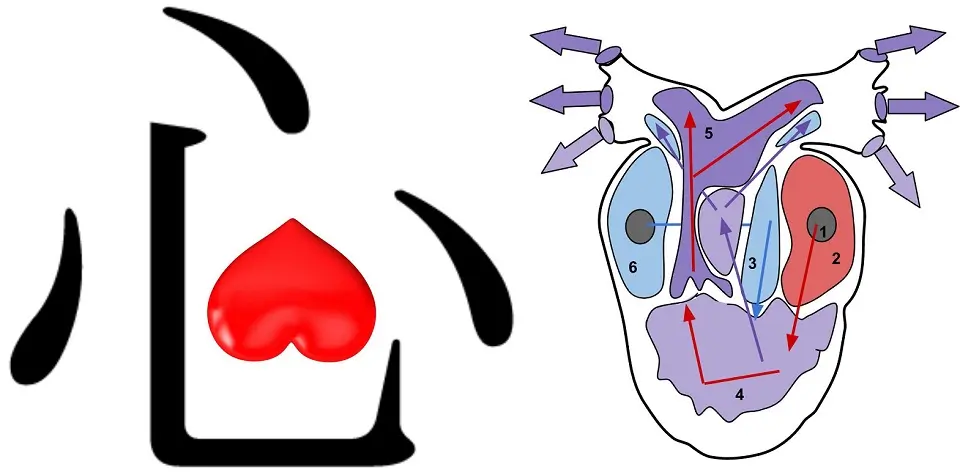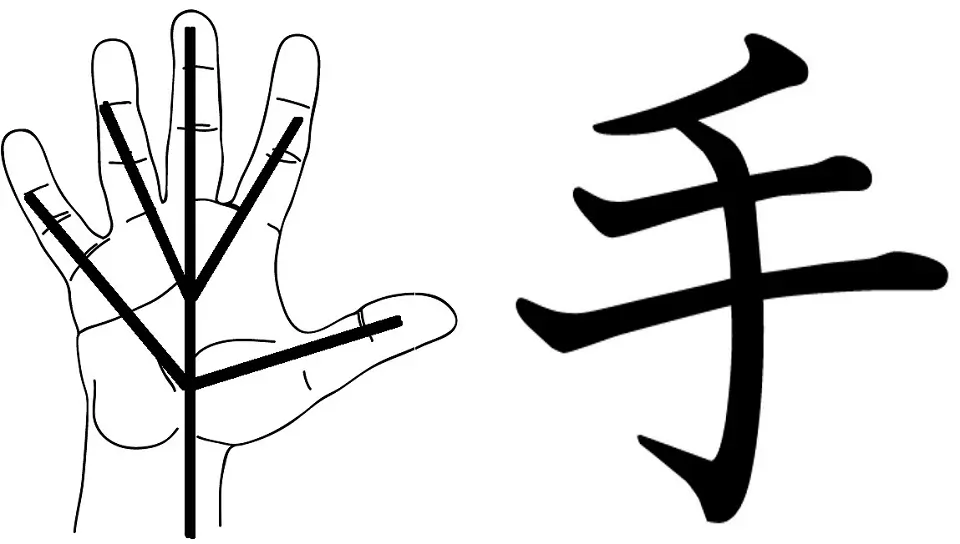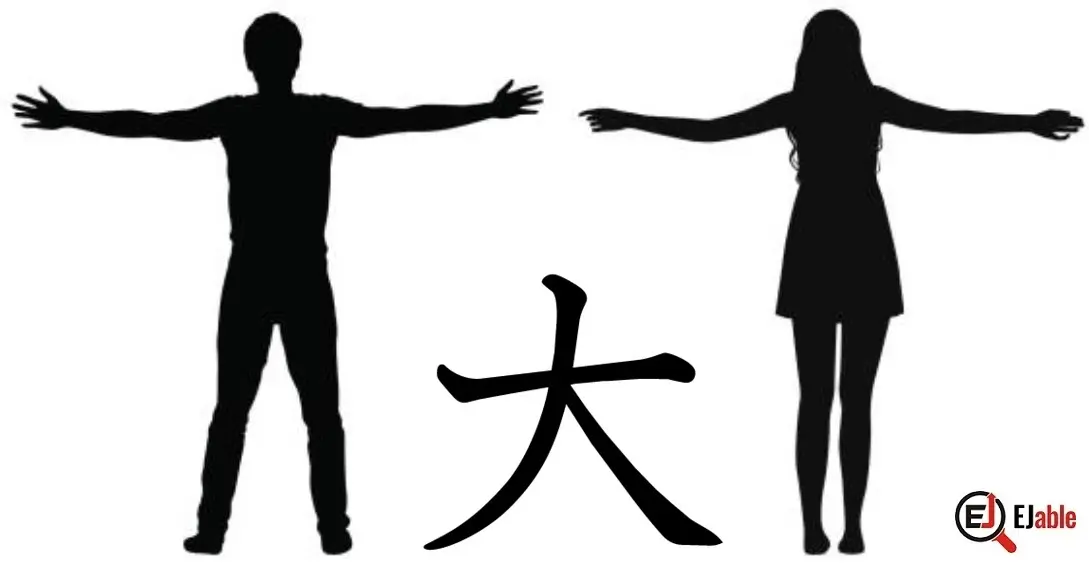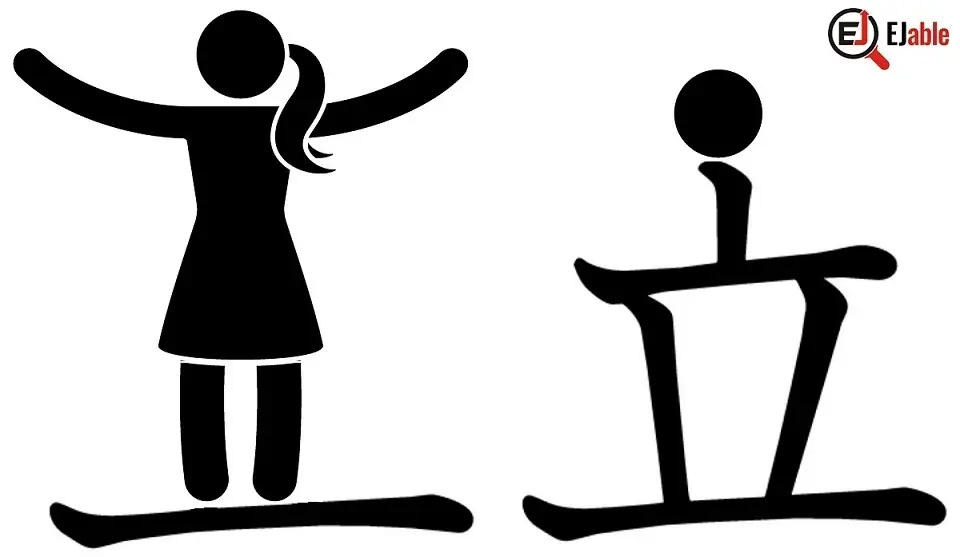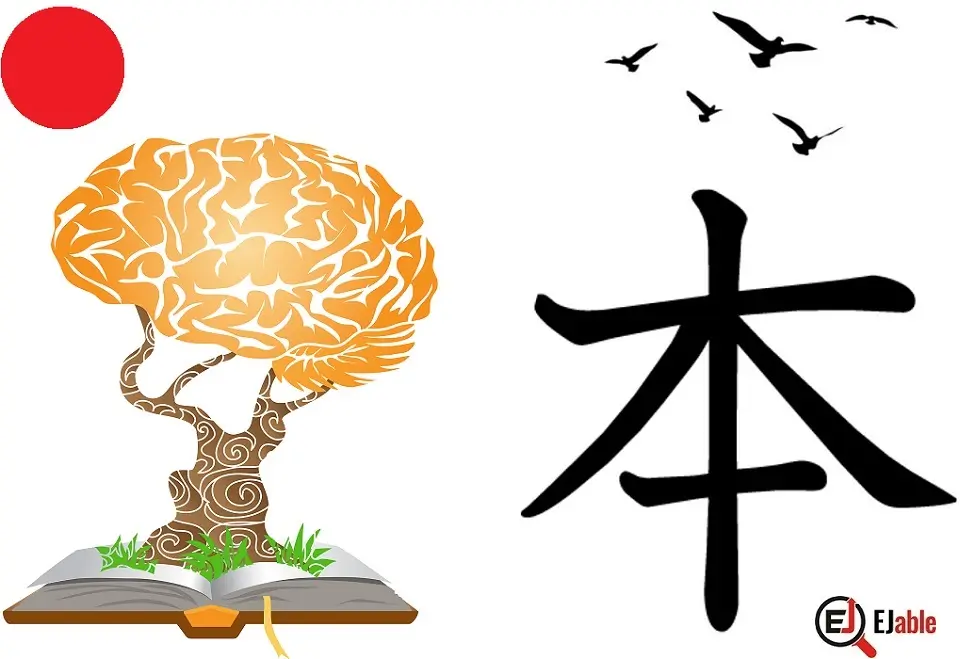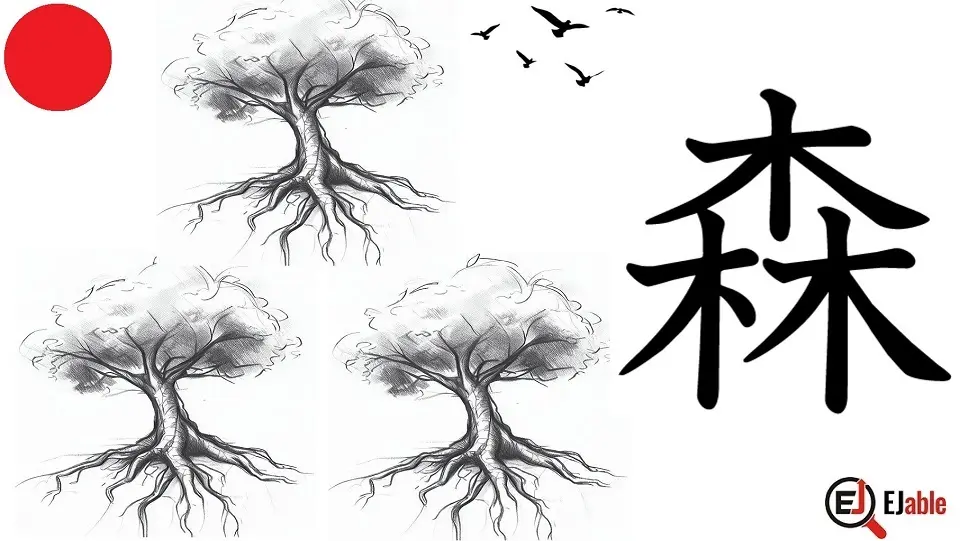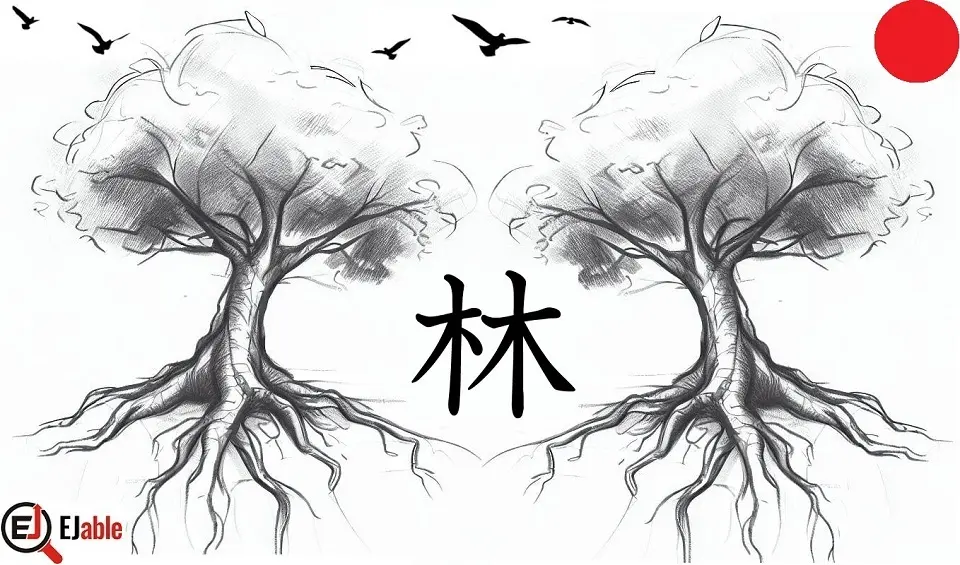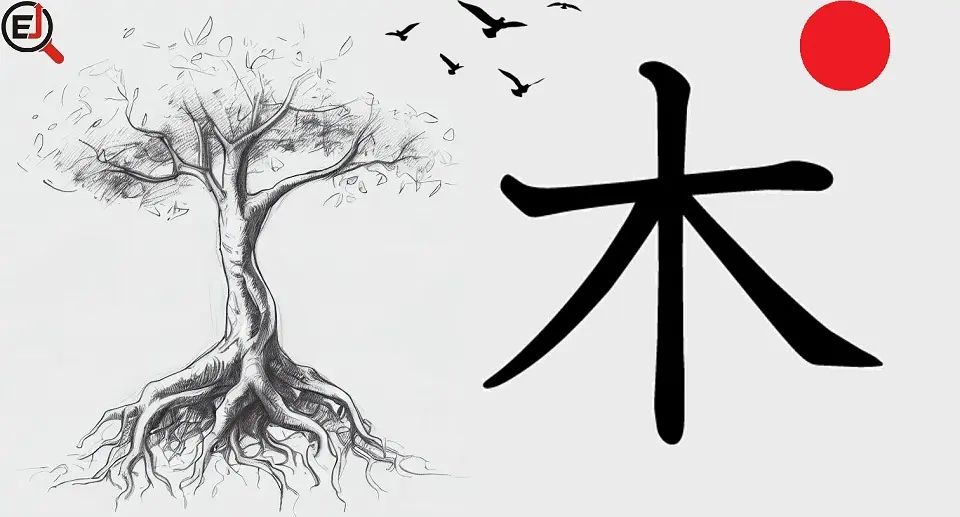Useful Common Japanese Phrases and Words
Knowing the basic Japanese phrases commonly used in daily communication is extremely helpful if you plan to stay in Japan. These phrases will be handy even if you visit Japan, especially for business. Most of these common Japanese phrases for day-to-day conversation are not just for communication but reflect the deep-rooted cultural values of Japanese society. Therefore, learning and using
Continue reading
